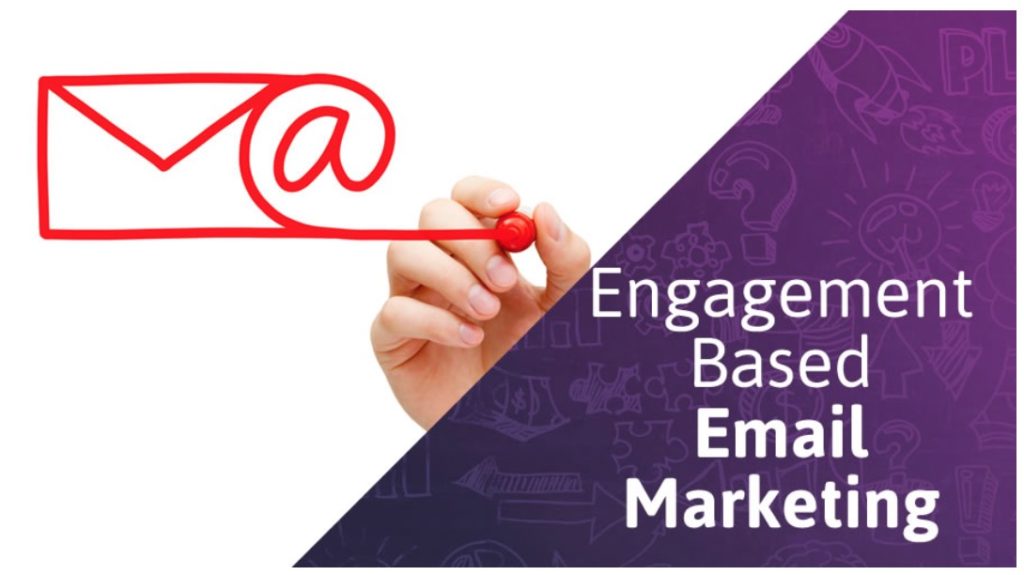Business
The importance of blogs to increase engagement
No matter what type of small business you have, there are many advantages to having a blog as part of your marketing strategy. Not only do blogs help to increase brand awareness and drive traffic to your website, but there are other advantages as well. Here are some other reasons to have a blog and 6 ways you can increase blog engagement.

5 advantages of blogging for marketing
No matter what type of small business you have, blog article writing is extremely important for a number of reasons. It is a key ingredient in your marketing strategy to increase brand awareness and drive traffic back to your website.
Today, there are a whopping 600+ million blogs out there, out of over 1.7 billion websites. This week, I’m going to share some of the advantages of blogging for marketing and the components of an effective blog post so you can join them!

So first, let’s explore 5 advantages of blogging for marketing:
1. Your blog drives traffic to your website
Whether you use SEO to help people find your blog, promote it in paid ads, or post it on social media, all roads lead back to your website. The more relevant and search-engine-optimized blogs you share with the world, the more traffic will come to you.
And once your data shows you what types of content are performing best, you can start to write multiple posts related to the most popular topics.
2. Blogging boosts your search engine rankings
Search engines are always on the lookout for fresh and relevant content. By writing a blog, you’re inexpensively creating new content for the search engines to index.
You need to start by doing your research to find relevant high-volume, lower-competition keywords to include in your articles. But you don’t want to stuff your writing full of keywords to try and get the search engines attention—this will actually have the opposite effect.
A professional SEO company can help you create blogs with just the right amount of keywords. Also, read How to Get Higher Blog Post Rankings Using SEO Yoast.
3. Valuable content can increase sales
When you share content that adds value to your readers’ lives, they’re more likely to buy something from you. Rather than simply driving traffic from your paid ads or social media to a website full of links, you can direct people to blog posts that complement your product or service.
Well-written copy offers the perfect opportunity to educate and inspire people, who now better understand the value of what you’re offering.
4. Blogs build trust among your target audience
Blogging lets you connect with website visitors and customers in an authentic way. If you consistently provide high-quality content to your target audience, you’ll start to be seen as an authority in your industry.
Gaining people’s trust can’t be rushed, however. Don’t revert to pushy sales tactics or churn out a dozen articles in a few weeks expecting a huge increase in readership and sales. Be patient and genuine for the best results.
5. Your social media presence can benefit
One of the main advantages of blogging for marketing is that it easily supports your social media efforts.
When you share on social media, people who see and like your content may be tempted to share it with their followers, which increases traffic to your website and awareness of your brand.
Secondly, you have the opportunity to interact with followers who comment on your posts, which helps build trust and brand loyalty.
Components of an effective blog post
Now that we’ve established the importance of blogs to increase engagement, let’s look at the components of an effective blog post:
- A compelling headline:
Think of what you’d like to see if you were looking for a solution to your problem. For example, this article’s headline is “The Importance of Blogs to Increase Engagement.” Would you want to read it if it were “Why Writing a Blog is Important”? It’s less likely.
- Directive subheads:
This is especially useful for longer blogs. Subheads break up your content and guide your reader to the next step. For example, the section you’re reading now is “Components of an Effective Blog Post,” which tells you exactly what to expect.
- Well-researched, value-adding content:
The meat of your article is what people will pay the most attention to. Back up what you’re saying with stats or research from industry leaders to make it more credible.
Give your readers real-world examples of how your product or service will enhance their lives, not just a list of features.
*******
READ: How to Excel at Engagement-Based Email Marketing.

Engagement-based email marketing relates to how your subscribers interact with your eNewsletter. Once they’ve opened it up, you still need to wow them with your content.
An article can be a great tool for engagement-based email marketing. You can either place the full article in the body of the newsletter or just have the first few paragraphs of the article in the newsletter and then link back to your blog.
Read more on our website.
*******
- A strong call to action:
Often referred to as a CTA, a call to action is a button, image, or text link that directs the user to the next step in their website experience. (In SEO terms, these steps make up the conversion funnel.)
Without a CTA, the user has no idea where to go next, and you risk losing them to another website/competitor. So what are you trying to get your potential customer to do? One of the main components of an effective blog post is letting people know whether to buy now, learn more, download an eBook, etc.
- Visually appealing graphics:
Using visuals that match your brand can be incredibly engaging. There are so many advantages to using imagery:
- They help create an emotional connection with readers.
- Many people are visual learners, so images help you tell your story in the most effective way.
- Posts with relevant images perform better in search engines.
- Blogs with images receive higher engagement than those without images. For example, Facebook posts with photos receive an average 37% increase in engagement.
- Good meta description:
Basically, meta descriptions provide a description of the content of your post within the search engine.
So as someone is deciding which search engine result to click on, which do you think they’ll pick? A creative, customized meta description that encourages them to learn more, or a generated, often irrelevant, meta description generated by the content platform (e.g. WordPress) that you use?
There are so many advantages of blogging for marketing. Never underestimate the importance of blogs to increase engagement.
If you take the time to understand your target audience, do your keyword and topic research, write engaging copy and promote it on social media, it will be worth it.
In fact, you might find that your blog is the most powerful marketing tool you have!
—
(Featured image by Pixabay via Pexels)
DISCLAIMER: This article was written by a third party contributor and does not reflect the opinion of Born2Invest, its management, staff or its associates. Please review our disclaimer for more information.
This article may include forward-looking statements. These forward-looking statements generally are identified by the words “believe,” “project,” “estimate,” “become,” “plan,” “will,” and similar expressions. These forward-looking statements involve known and unknown risks as well as uncertainties, including those discussed in the following cautionary statements and elsewhere in this article and on this site. Although the Company may believe that its expectations are based on reasonable assumptions, the actual results that the Company may achieve may differ materially from any forward-looking statements, which reflect the opinions of the management of the Company only as of the date hereof. Additionally, please make sure to read these important disclosures.

-

 Crypto1 week ago
Crypto1 week agoTether Targets $500 Billion Valuation in Landmark Funding Push
-

 Markets5 days ago
Markets5 days agoDow Jones Strength Faces Risk From a Potential Yen Carry Trade Unwind
-

 Business2 weeks ago
Business2 weeks agoPrecious Metals’ Bull Market Continues
-

 Impact Investing16 hours ago
Impact Investing16 hours agoChristmas Plastic Waste and the Path to Circular, Low-Emission Solutions
























